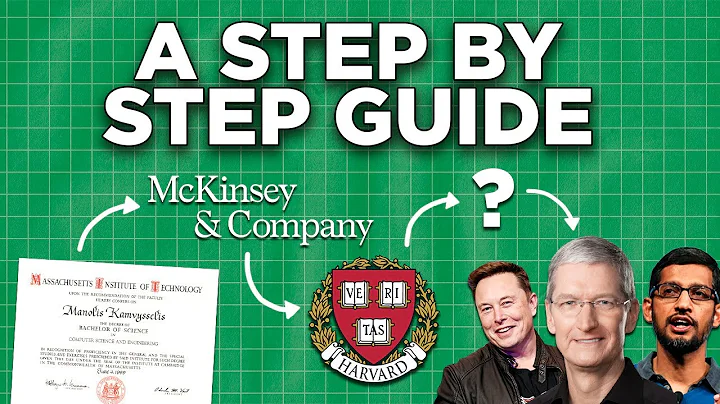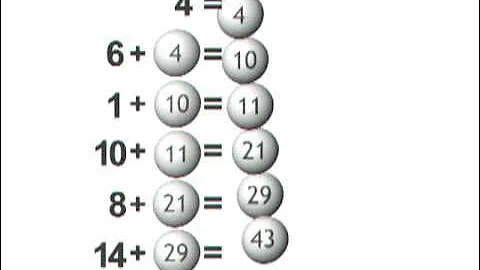Entering October, companies have begun to recruit autumn students one after another. For some part-time graduate students, the job search process has been looked down upon. According to media reports, a large domestic construction company has made it clear that it "will not recruit students who are not full-time students in ". HR of a certain company also said frankly, "(The difference between full-time and part-time graduate students) is too big. Part-time = undergrad".

In 2016, the General Office of the Ministry of Education issued a notice to coordinate the management of full-time and part-time graduate students (hereinafter referred to as "part-time students"). Since then, the two types of postgraduate students have been uniformly examined and divided into numerical lines, and the recruitment methods have been officially unified. The notice also requires training units to adhere to the same standards and the same quality, especially stating that the two academic degree certificates have the same legal status and the same validity. The only difference is that the learning method on the graduation certificate indicates "part-time". Based on this, many students who believed they had been discriminated against reported to the local social affairs department.
Eliminating employment discrimination cannot be separated from the support of national policies, and it also requires the conscious recognition of recruitment companies. For individual cases, the rights and interests relief provided by relevant state departments may be directly effective. However, within the scope of independent recruitment by enterprises, in order to save costs, there are repeated cases of directly excluding non-university colleges and "non-university students".
It is not without reason that "non-university students" are discriminated against. During the early pilot trials, establishment of the system and subsequent development of "non-university" education, due to confusion in recruitment and examination methods and standards, a utilitarian mentality led to a loose teaching and training system, academic degree awarding and assessment, and there was even a saying that "paying for a master's degree is enough" , "not all raw" is invisibly labeled as "low quality". Although times have changed, and today's recruitment threshold for "non-full-time students" is far from what it used to be, many people in society still have a perception of it in the past, and companies still discriminate in recruitment.

To change this situation, in addition to changing public stereotypes, we also need to face up to some of the problems existing in the current "non-university" education. At present, the recruitment situation of "part-time students" in many colleges and universities is uneven. Candidates who choose to study part-time mostly prefer the fields of humanities, social sciences, and economics and management. For example, the MBA degree is full all year round, while the science and engineering disciplines of some colleges and universities are full. There are too few people, it is difficult to maintain , and enrollment is even reduced year by year. Unbalanced recruitment situations often occur in different disciplines of the same institution, and among liberal arts colleges with different discipline advantages and characteristics. Many of the graduate students who were "discriminated" in the
report were part-time fresh graduates. It stands to reason that applying for "part-time students" requires a certain amount of work experience, but this is different from the recruitment requirements for "part-time students" that indicate "directed employment" in some colleges and universities. Some colleges do not have this restriction. These students are often After failing the re-examination for full-time unified enrollment, he was "adjusted" for various reasons. This shows that some colleges and universities are blindly and disorderly in developing "non-university" education. They neither fully consider the competitiveness of their own disciplines nor anticipate the low pass rates caused by the increase in thresholds, resulting in insufficient foresight of enrollment plans. Compared with "part-time students" who are dependent on their original workplace and are not studying full-time, these students not only suffer "discrimination", but also face greater anxiety in choosing a career.
The training target of "part-time students" is high-level talents in certain professional fields. After the merger of full-time and part-time schools in 2016, in addition to applying for a master's degree with equivalent academic qualifications of and , "part-time students" can apply for more degrees in the unified examination. It is professional master's degree and professional master's degree. In view of this, the training programs of many colleges and universities also refer to professional master's degree. However, the current professional master's education is not perfect. In addition, due to the inherent differences between different regions and colleges, the training methods for professional masters in some colleges are not yet mature, but "non-university" education has been hastily launched. , some will continue to use the previous backward and loose training plan, and the quality of training is difficult to guarantee.

Then there is the shortage of teaching and scientific research resources. Although it is said that "part-time students" are charged at full cost, and the school does not cover scholarships and bursaries, nor does it occupy logistical resources such as accommodation, the carrying capacity of scientific research and teaching in colleges and universities is limited. At present, some colleges and universities have reduced their enrollment for master's degrees, but the scale and proportion of professional master's degree, and "part-time students" are increasing. There are also some colleges and universities that regard "part-time students" as a "way to make money", and the enrollment scale has increased. Rapid expansion has made existing resources even more stretched. Many colleges and universities have difficulty matching the teaching staff with teachers, and there is an even shortage of teachers who are urgently needed to meet the practical ability of professional master's degrees. In addition, the short academic system leads to problems such as too fast course pace and conflicts between business practice and job hunting. These problems that have already been encountered in the training of professional masters should be overcome in the training of "part-time students".
"Part-time education" greatly meets the lifelong education needs of the whole people. For those who are unable to obtain knowledge and academic qualifications through full-time study, "Part-time education" guarantees their "right to education" to a certain extent. To develop "part-time" education well, we can also learn from mature foreign experience. Different from the "part-time students" in our country, some universities in the United Kingdom and the United States use 12 credits of graduate courses as the limit. After completing 12 credits, they will naturally transition to full-time graduate students . Their flexibility is also reflected in the "part-time students" In terms of growth space, such as the barrier-free commonality with doctoral degrees; in terms of talent assessment, the "professional certification" evaluation of a relatively independent organization is used to check the quality of talents. These mature experiences of have inspired us to give full play to the macro-control of national policies and appropriately expand the autonomy of universities. Only in this way can we truly run a "non-university" education.
(Source: Zhongqing Comment WeChat official account)





















